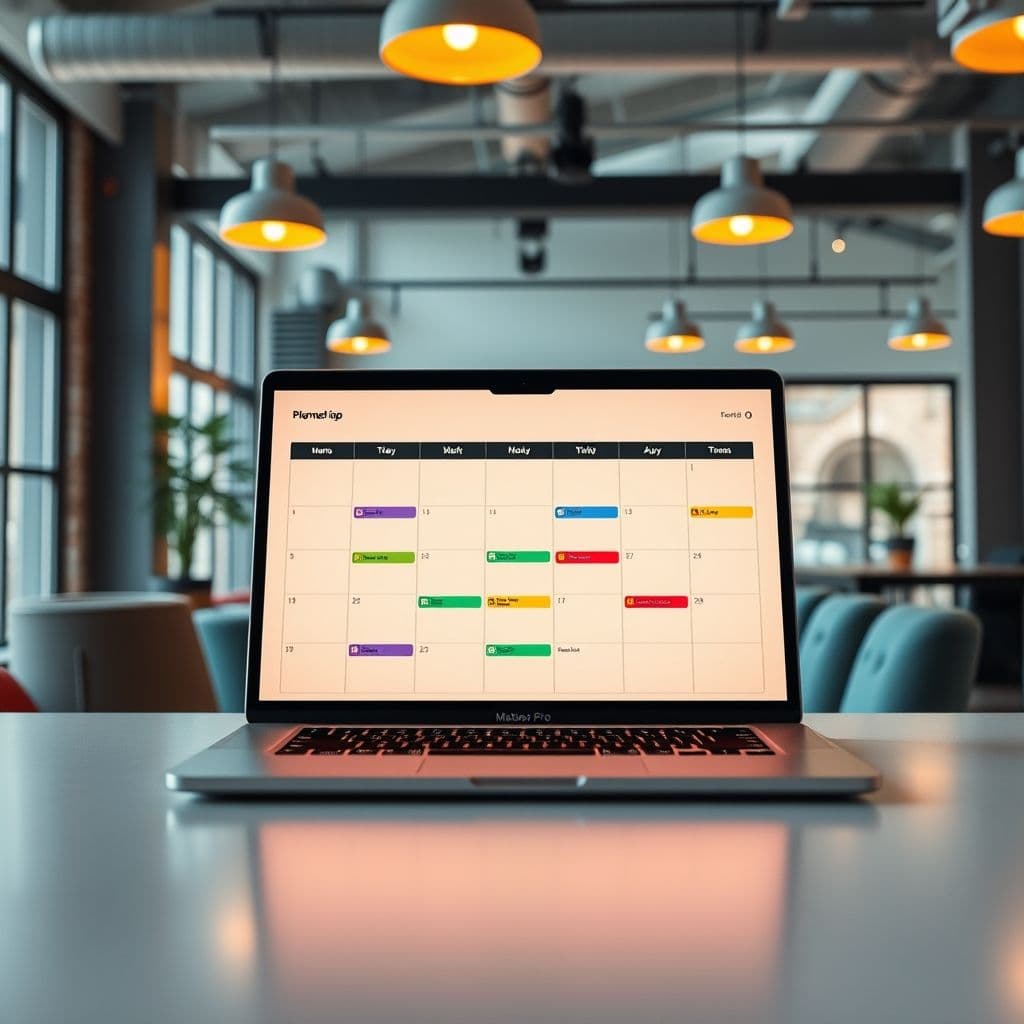Prioritization Mastery: A Step-by-Step Guide to Effective Task Management

In today's fast-paced world, mastering prioritization is the key to achieving your goals without burning out. Whether you're a student, professional, or entrepreneur, learning how to effectively prioritize tasks can transform your productivity and reduce stress. This guide will walk you through the essential steps to become a prioritization master, from understanding its importance to continuously improving your system. View original learning path
Step 1: Understand the importance of prioritization
Prioritization is the process of determining the order in which tasks should be completed based on their importance and urgency. It's a critical skill that helps you focus on what truly matters, ensuring that your time and energy are spent efficiently. The benefits of prioritization are numerous: it reduces stress, increases productivity, and helps you achieve your goals faster. For example, a student who prioritizes studying for finals over less urgent tasks is more likely to perform well academically.
Step 2: Identify and define your goals and tasks
Before you can prioritize, you need to know what you're working toward. Start by setting clear, achievable goals. These could be short-term (completing a project by Friday) or long-term (earning a promotion within a year). Once your goals are set, identify all the tasks required to achieve them. For instance, if your goal is to launch a new product, tasks might include market research, product development, and marketing strategy.

Step 3: Evaluate and categorize tasks
Not all tasks are created equal. Use the urgency vs. importance matrix to categorize your tasks. Urgent tasks require immediate attention (like a deadline), while important tasks contribute to long-term goals (like skill development). Criteria for prioritization can include deadlines, impact, effort required, and dependencies. For example, preparing a presentation for a client meeting (urgent and important) should take precedence over organizing your desk (neither urgent nor important).
Step 4: Rank tasks based on priority
Once categorized, rank your tasks using prioritization techniques like the Eisenhower Matrix, ABCDE method, or MoSCoW method. Decision-making skills come into play here—consider the consequences of not completing a task and the benefits of completing it. For instance, replying to an important email from a client (high priority) should be ranked above attending a non-essential meeting (low priority).
Step 5: Create a prioritized action plan
With your tasks ranked, create an action plan. Time management is crucial—allocate specific time blocks for high-priority tasks. Sequence tasks logically; for example, you can't design a website before gathering requirements. Scheduling tools like calendars or apps can help visualize your plan. A well-structured plan might look like: Morning—work on high-priority project; Afternoon—attend meetings; Evening—review and plan for the next day.

Step 6: Implement and adapt your prioritization system
Execution is where the rubber meets the road. Start working on your highest-priority tasks first, tracking your progress as you go. Flexibility is key—unexpected tasks will arise, and you'll need to adapt. For example, if an urgent client request comes in, you might need to reschedule a less critical task. Regularly review your priorities to ensure they still align with your goals.
Step 7: Continuous improvement
Prioritization is a skill that improves with practice. Reflect on your system's effectiveness—did you meet your goals? What could you do better next time? Learn from experience by identifying what worked and what didn't. For instance, if you consistently overestimated how much you could accomplish in a day, adjust your planning accordingly. Continuous improvement ensures your prioritization skills keep getting sharper.
Conclusion
Mastering prioritization is a game-changer for productivity and stress management. By understanding its importance, setting clear goals, evaluating tasks, and creating a flexible action plan, you can take control of your time and achieve your objectives more efficiently. Remember, prioritization is a dynamic skill—keep refining it to suit your evolving needs.
Frequently Asked Questions
- How long does it take to master prioritization?
- Mastering prioritization is an ongoing process. While you can see improvements within a few weeks, continuous practice and reflection are key to long-term success. Consistency is more important than speed.
- What are common mistakes beginners make?
- Common mistakes include overloading the to-do list, confusing urgency with importance, failing to adapt to changes, and not reviewing priorities regularly. Avoid these by starting small and staying flexible.
- Can prioritization techniques be used for personal life as well?
- Absolutely! Prioritization is just as valuable for personal goals like fitness, hobbies, or family time. The same principles apply—identify what's important and allocate your time accordingly.





